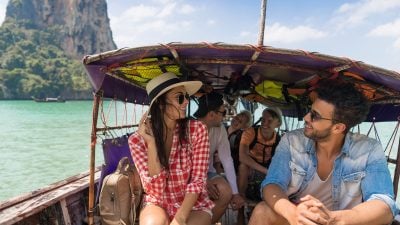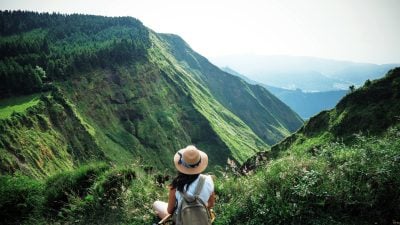Home / Guidelines for Picking a Good …
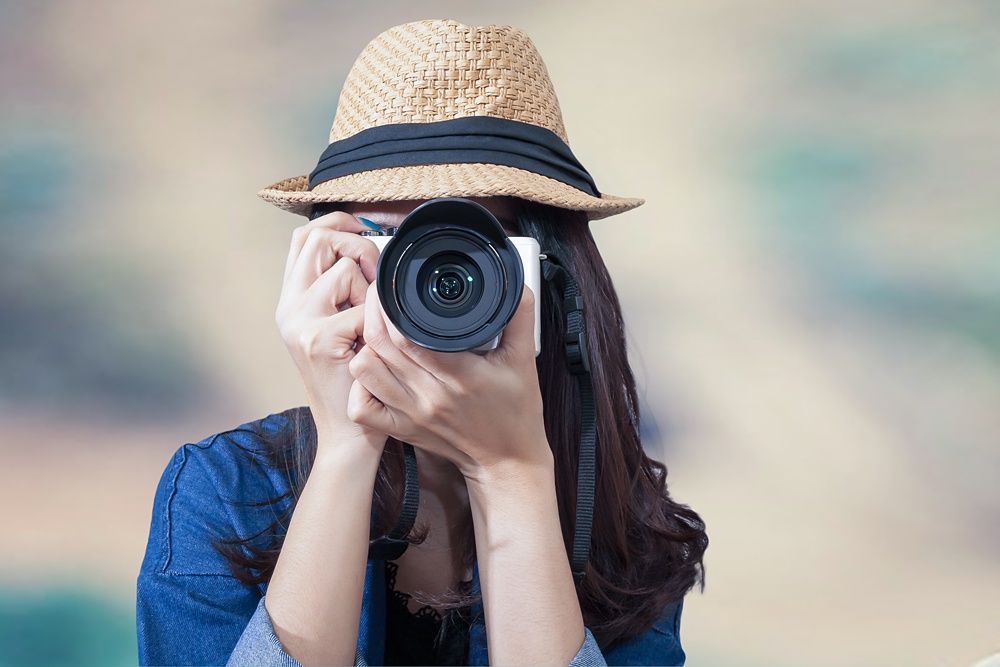
Guidelines for Picking a Good Travel Camera
A good camera is essential on an international vacation. Often, this camera can be your smartphone, as the latest smartphones keep churning out more impressive cameras each iteration. However, there’s a chance you’ll want something higher quality and more customizable than the wide-angle, digital zoom lens in your existing camera. If that’s the case, there are some things you’ll want to consider before heading on vacation. I recently bought a camera for travel, and in the interest of helping out others doing the same, I thought I’d share some guidelines for picking a good travel camera.
What to consider when picking a travel camera?
What kind of traveller are you?
This applies to more than just cameras, but all travel in general. What kind of traveller are you? Are you a beach bum? Are you an adventure enthusiast? Are you a history buff or a foodie? Do you like engaging in high-impact activities when travelling or is a casual walk down a cobblestone street the most excitement you’ll enjoy during your travels? If you’re like me, you’re a bit of everything.
Your answer will determine what kind of camera you should get. If you are a nature enthusiast and want to go on safaris and other wildlife excursions, such as trips to the Galapagos Islands, you should have a high-quality, prosumer-grade camera with telephoto lenses, which means a DSLR or Mirrorless camera is your likely option. If you’re a mountain biker or scuba diver, a GoPro is the right fit. Do you only travel to eat up all the food you can? A high-end smartphone with some editing apps is probably all you need to make sure your food pics look good on Instagram. Knowing what you want out of travel photography is the first step towards picking the right camera for your trip.
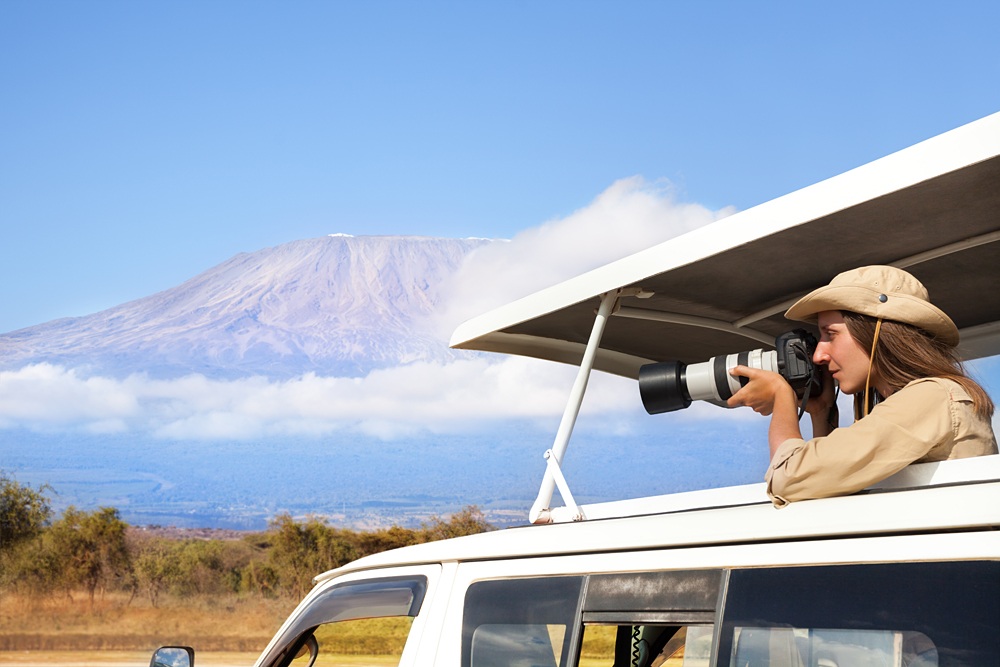
Where are you going?
If you’re heading to the South Pacific and spending a lot of your time underwater, a waterproof camera is a must, but if you’re heading on a desert safari or a journey to the heart of the Atlas Mountains in Morocco, for instance, then a more robust camera that can handle the high winds and sand is key. The more rugged your trip, the heartier your camera needs to be, which means higher-end DSLRs and Mirrorless cameras with heavy-duty bodies that can handle some wear and tear. If you’re expecting cold weather, make sure you opt for a model with good battery life and plenty of extra batteries to spare. Cold weather eats up power like candy.
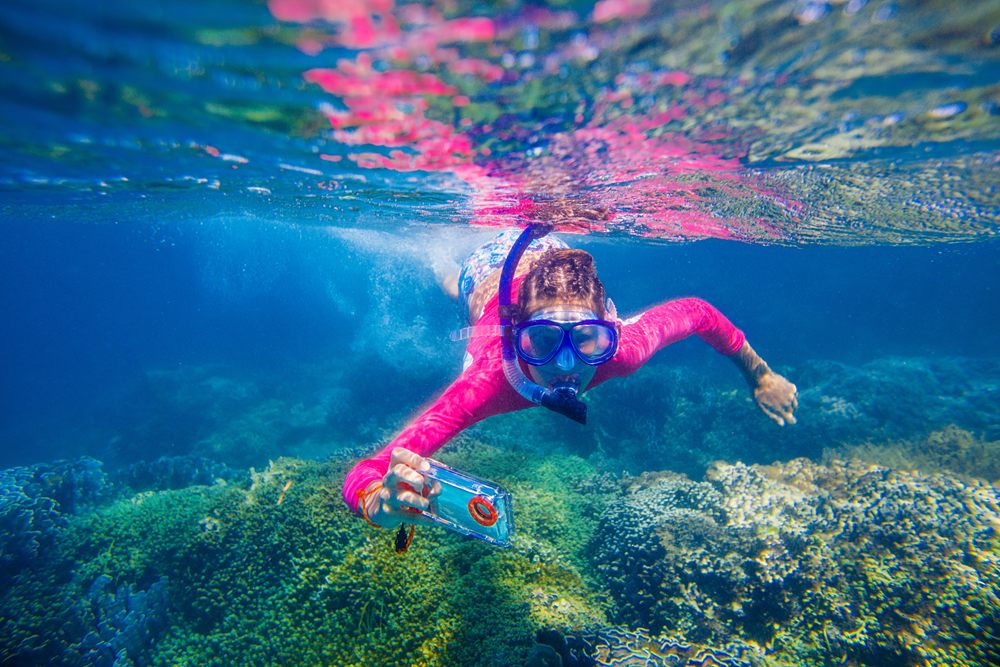
Are you an amateur or an expert?
This will determine which ranges of cameras you want to look at. If you’re an absolute amateur that doesn’t know what focal length, aperture, and shutter speed are, and, more importantly, have no interest in learning, then avoid DSLRs and Mirrorless cameras and pick a camera with a fixed lens so you don’t have to worry about customization. If you are willing to learn but don’t have much experience with prosumer cameras, pick an entry-level or mid-range DSLR or Mirrorless camera that will reward the time you put into learning its functions, but not require you to take up memorizing its menu system as a second job. If you have absolutely no interest in the functions of a camera, then stick to the smartphone and let the built-in technology do the work.

What are you willing to spend?
The price range for cameras is pretty wide. Smartphones are at the bottom end, as are point-and-shoot digital cameras with fixed lenses, but even these types of cameras can run you a grand. Mid-range cameras will run you $1,500 to $2,500 once you take lens and batteries into account, while the actual professional camera bodies will start around $4,000-$5,000. Your budget will determine what you can actually purchase, so know that even if you have your heart set on a professional camera, if you only have $2,000 to spend, you’ll have to stick to a mid-range DSLR or Mirrorless camera.
Where are you going to feature your photos?
Why are you taking photos on your trips, aside from the fact that that’s what everyone does when travelling? Are they for your own personal use in photo albums or on your computer? Do you share them on Facebook and Instagram with friends, or do you have the hopes of being a social media influencer and want high-res pics on a curated social media feed? Do you print your photos? Do you print them in large formats? Are you going to use your photos for commercial purposes, whether selling them on Shutterstock or using them for your work? The answers to these questions will shape what cameras you should look for. If you’re only interested in social media, an entry-level DSLR or Mirrorless camera or one of the newer smartphones will do. For personal use, a point-and-shoot or smartphone is appropriate. Want to really impress online followers or use the photos for print or work? Nothing less than a mid-range camera will do.

Do you shoot videos?
Not everyone does, but if you plan on shooting video on your travels, your choice of cameras will change. For ease of use, the new smartphones are surprisingly good, even if their video settings are limited and the fixed lens means everything looks roughly the same aside from digital filters. A lot of independent filmmakers and videographers have relied on DSLRs to shoot a video for over a decade, but these cameras are growing out of date, even if their compatibility with a wide range of lenses makes them appealing to professionals. If you’re going to be using video as much as still photography, consider one of the new Mirrorless cameras, especially from Sony, as their digital viewfinder, image stabilization, and impressive autofocus outpace any of their competitors. If you’re doing adventure videography like on a bike ride or scuba dive, a GoPro is your best choice, as its compact size and durability make it practically the only game in town for adventure stuff.
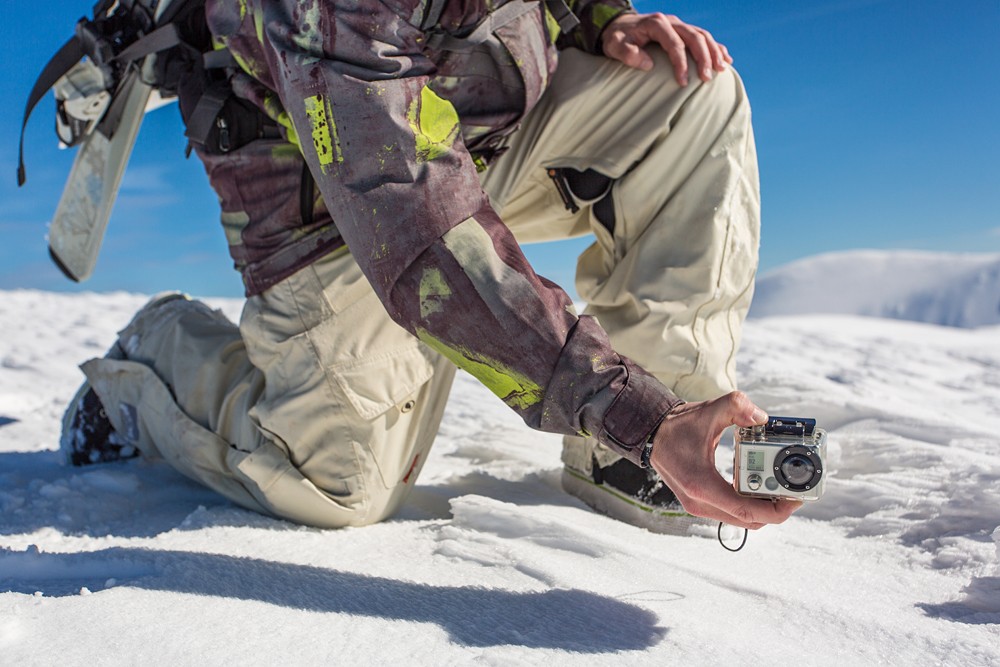
What’s the difference between a DSLR and a Mirrorless camera?
If you’ve gotten this far and still don’t know the difference between them, realize that a DSLR is essentially the same as old analogue cameras except for featuring a digital sensor in them. They still have optical viewfinders and larger camera bodies that are essentially the same as film cameras of the past, and they are largely compatible with old film camera lenses. Mirrorless cameras are relatively new and remove the optical viewfinder and the mirror that shines light onto the sensor, thus the name “mirrorless.” This means that what you are seeing on your digital view screen is not a preview of the final image, but the actual final image itself. Mirrorless cameras have smaller bodies than DLSRs since they don’t have the mirror inside. As well, because of the preview system and the compact construction, they’re generally as good, if not better, at video than DSLRs. The largest downside is that because their digital viewfinder and view screen is always giving you an accurate image of your final picture, the battery life is a lot shorter than with DSLRs.
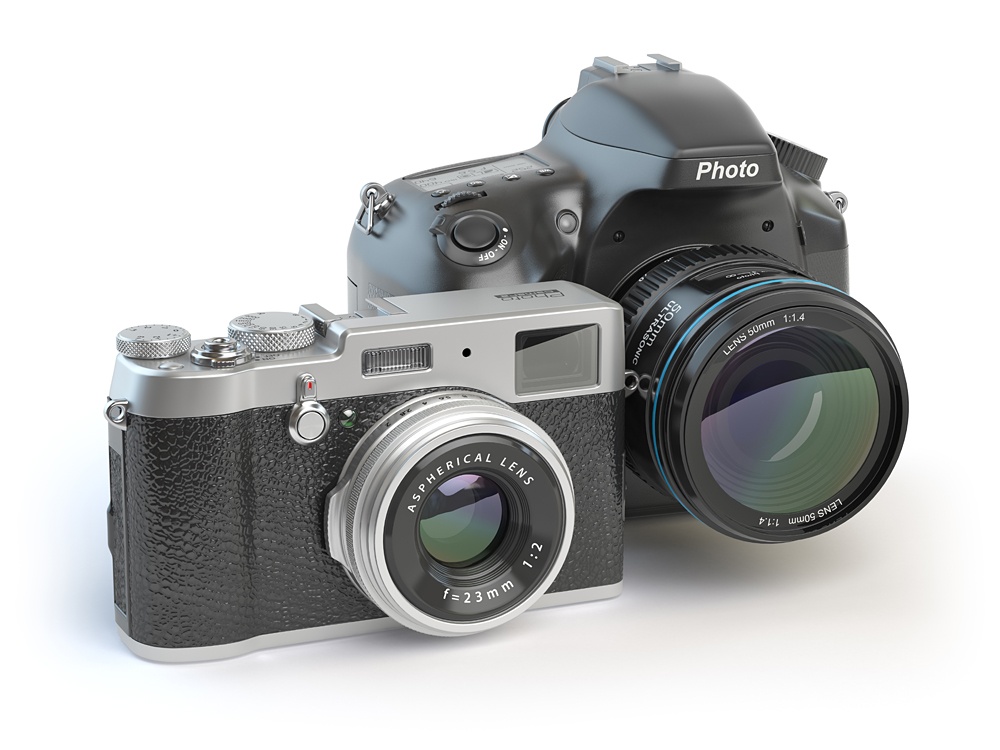
If you follow these guidelines, you’ll make the right choice as far as the type of camera for you. When it comes to specific brands or models, I’m going to leave those decisions to you and hold off on recommending one over the other. Generally speaking, for DSLRs, Nikon and Canon run the show, while Sony is the name of the game for Mirrorless, but there are benefits to all brands. As well, the other considerations I previously mentioned, such as price range and type of use, will determine what brand you gravitate towards.
Just a word of warning about looking online for specific model suggestions. Most online tech blogs take money to recommend one camera over another, even if it’s not abundantly clear in the write-up, so realize that you may not be getting an honest assessment of the pros and cons of an individual camera.
Use your best judgment and be honest about what you want in a camera, and you’ll end up with the right camera for your travels. Happy shooting!
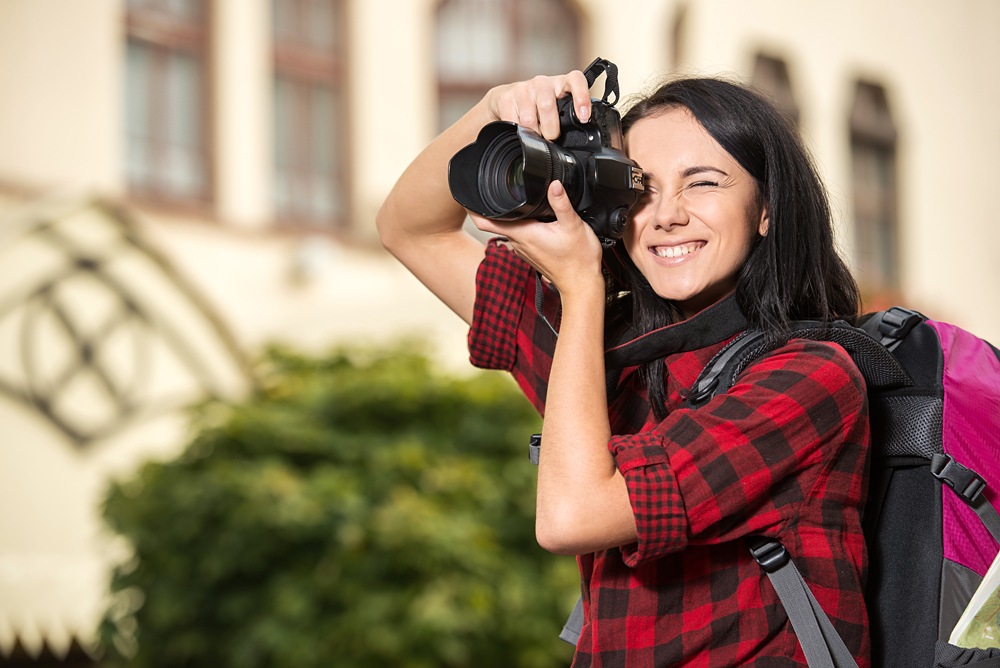
Get more travel inspiration by email.
Subscribe
0 Comments

Get the latest travel trends & hear about the best deals on vacations around the world.
If you’re a Globetrotter, these are the newsletters for you!
